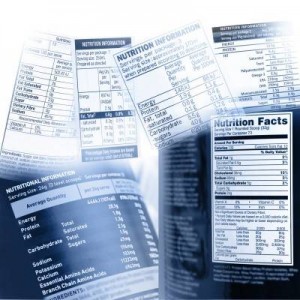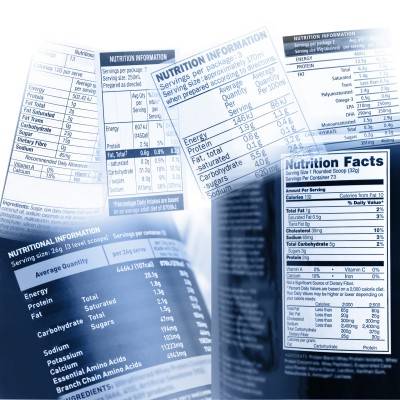 Did you know the RDA or Recommended Daily Allowances were originally created during WWII to investigate issues of nutrition that might affect national defense?
Did you know the RDA or Recommended Daily Allowances were originally created during WWII to investigate issues of nutrition that might affect national defense?
Since that time the RDA’s have seen some updating. In 1997, Daily Recommended Intakes, DRI’s, were introduced to broaden the existing guidelines of the RDA’s. The components of DRI’s are broken down by age, gender, and physical activity. They include macronutrients such as: protein, fiber, carbohydrates, and fats.
Compared to the WWII RDA’s focused on the micronutrients with one recommended value, the expansion of information allows us to estimate nutritional deficiencies for the first time.
Our understanding of nutrient intake continues to expand. In 2007, the Institute of Medicine held a workshop on the development of DRI’s. Several speakers commented that the current Dietary Recommended Intakes (DRI’s) were largely based upon opinion versus randomized controlled clinical trials and called for a higher standard of evidence to be utilized when making dietary recommendations.
These comments have supported more studies on nutrition. Now, when the science databases, like PubMed, are searched there are many studies on nutritional intake and the use of supplements.
There are four key components in the DRI’s:
• Estimated Average Requirements (EAR), expected to satisfy the needs of 50% of the people in that age group based on a review of the scientific literature.
• Recommended Dietary Allowances (RDA), the daily dietary intake level of a nutrient considered sufficient by the Food and Nutrition Board to meet the requirements of 97.5% of healthy individuals in each life-stage and gender group. It is calculated based on the EAR and is usually approximately 20% higher than the EAR (See “Calculating the RDA”, below).
• Adequate Intake (AI), where no RDA has been established, but the amount established is somewhat less firmly believed to be adequate for everyone in the demographic group.
• Tolerable upper intake levels (UL), to caution against excessive intake of nutrients (like vitamin A) that can be harmful in large amounts. This is the highest level of daily consumption that current data have shown to cause no side effects in humans when used indefinitely without medical supervision.
Food labels show the amount of 10 important nutrients in one serving based on a 2,000 calorie/day diet. Most healthy adults fit in a 2,000 calorie/day range. Instead of showing the RDA for a 2,000 calorie diet on the label, Percent Daily Value, “% DV” is used. Daily Value is a new term used on food labels. It indicates the amount or percentage of a nutrient that is provided by a single serving and can be used for comparisons. The FDA chose % DV because some of the nutrients, such as sodium, did not have an RDA. Yet, for those nutrients that do have an RDA, the DV is calculated from the RDA’s upper limit.
Daily Values allow consumers to make informed purchasing decisions without knowing their actual nutritional requirements. For example, the label on a can of ready-to-eat chicken noodle soup shows that a one-cup serving has 850 mg. of sodium and a %DV of 35. This informs consumers that one serving contains over one-third of the total amount of sodium a healthy adult should consume each day without requiring them to know that the Daily Value for sodium is 2,400 mg. Expressing Daily Values as a percentage also simplifies comparison shopping.
So, that is what RDA means to you, and its use on food labels.

